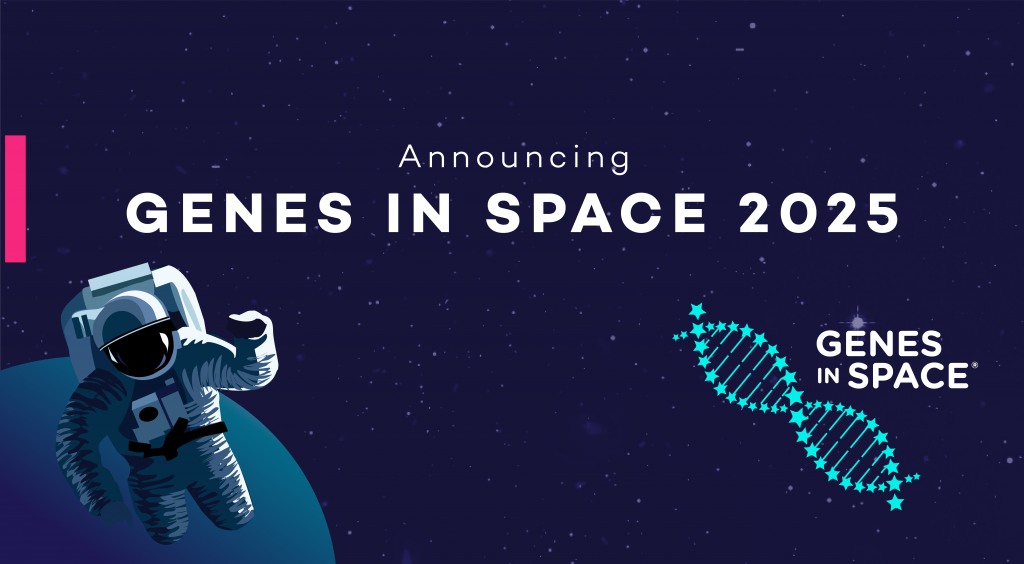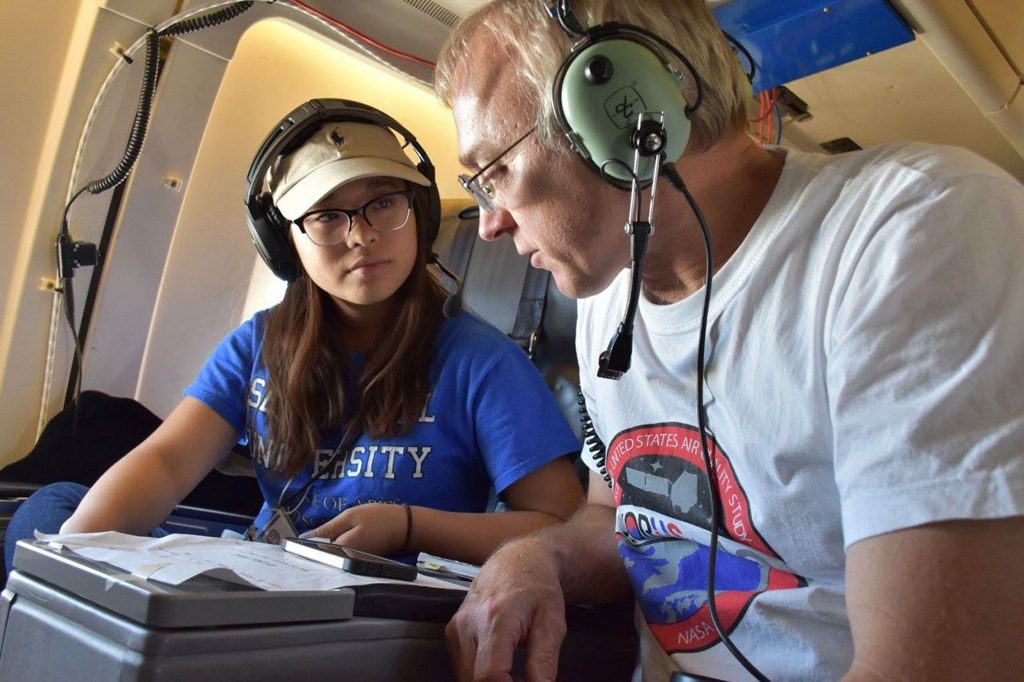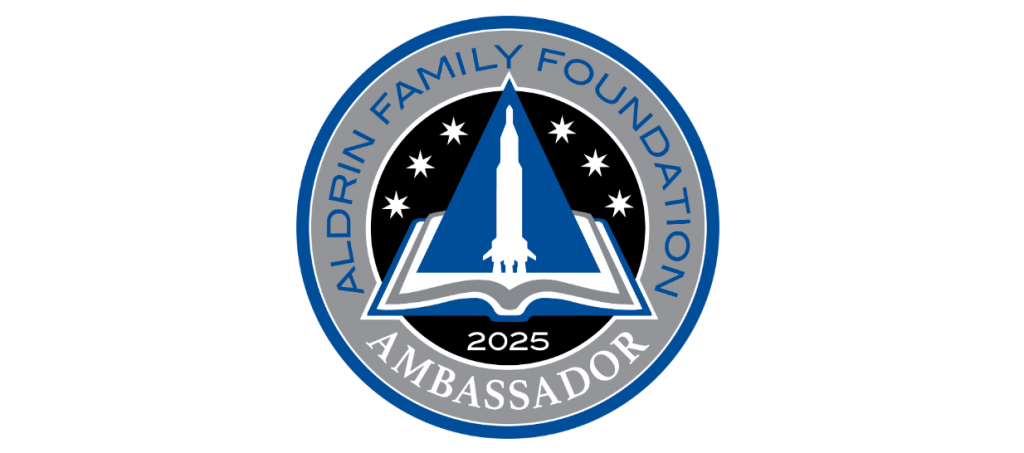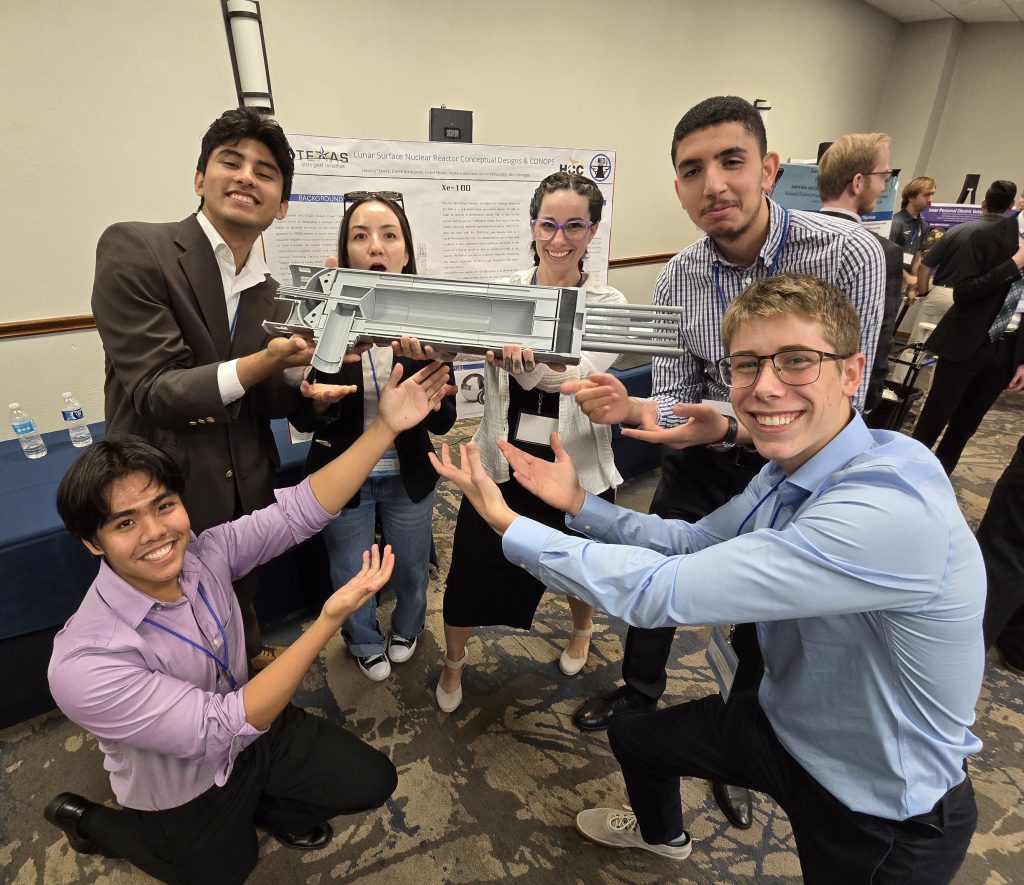
Texas Space Grant Consortium would like to welcome two new board members – Tina Marie Jackson (Texas Higher Education Coordinating Board) and Eloi Camprubi-Casas (The University of Texas Rio Grande Valley).
Texas Space Grant Fellows and Scholars Announced
Texas Space Grant is proud to announce the 2024-2025 Fellows and Scholars. These scholarships recognize students and encourage their consideration of studies in science, technology, engineering, and mathematics fields which will ultimately lead to careers in STEM-related fields.
19 graduate students and 25 undergraduate students were chosen from over 130 applicants from across the state of Texas.
Texas Space Grant congratulates these exemplary students. Applications for the 2025-2026 academic year will open this Fall. Click below to see the lists of Fellows and Scholars.
Design and Launch Your DNA Experiment to Space

Have you ever wondered how astronauts might survive a deep-space mission or how we might be able to use biology to transform new worlds? If so, Genes in Space is now taking applications for their new science contest.
Genes in Space challenges students grades 7 through 12 to design original experiments that use biotechnology to explore the real-life challenges and opportunities of space exploration. The winning experiment will be conducted by astronauts aboard the International Space Station.
Genes in Space is free to enter and does not require equipment.
The submission deadline is April 14th.
NASA SARP Undergraduate Internship Opportunity

The Student Airborne Research Program (SARP) is an eight-week summer internship for rising-senior undergraduates. Students gain hands-on research experience in all aspects of a scientific campaign by engaging in field research and data analysis, with access to one or more NASA Airborne Science Program flying science laboratories.
Applications close on January 31.
Aldrin Family Foundation Ambassador Program Applications Closing Soon

The AFF Ambassador Program is a volunteer community of K-12 educators who support AFF’s mission of bringing space education into classrooms and increasing STEAM engagement in students to inspire the next generation of space explorers.
Applications for the 2025 inaugural year are due by January 17.
DESIGN CHALLENGE ANNOUNCEMENT

TSGC is happy to announce that the Spring 2025 Design Challenge applications are now live! Sponsored by NASA, students work in teams to complete their design objectives over one or two semesters while working with their faculty advisor and a NASA workplace mentor.
The topics for the Spring 2025 Design Challenge are as follows:
Primary Topics from NASA JSC Mentors
- Integrated Camera & Lighting System Optical Optimization Project
- Lunar Washer/Dryer
- Lunar Surface Nuclear Reactor Conceptual Designs & CONOPS
- Radiation-Tolerant Crew Laptop
Additionally, several NASA Artemis Challenges are also available. They are as follows:
NASA Student Challenges
- NASA Micro-g NExT Challenge
- NASA Big Idea
- NASA SUITS Challenge
- NASA MITTIC
- NASA Lunabotics Challenge
- NASA Human Exploration Rover Challenge
- NASA Human Lander Challenge
Student Teams may also select a Choose Your Own Adventure topic. The Choose Your Own Adventure topic choice requires review from Johnson Space Center. Topics strongly suggested may be found at the following resource pages. These are key areas NASA stakeholders have identified as requiring further development to meet NASA’s future exploration, science, and mission needs.
- Civil Space Shortfall Descriptions
- Civil Space Shortfall Ranking
- STMD Strategic Framework and Envision Future Priorities
THIS MONTH IN SPACE

JAN 14, 2005
1ST LANDING IN OUTER SOLAR SYSTEM
Carried by the Cassini spacecraft, the Huygens probe becomes humanity’s first landing in the outer solar system. After landing on Saturn’s moon, Titan, the Huygens probe would send back images of Titan’s surface.
JAN 15, 2006
STARDUST RETURNS
After making a close flyby of comet Wild-2 and collecting comet and interstellar dust, Stardust becomes the first spacecraft to return a cometary sample from outside the orbit of the moon to Earth.
JAN 24, 1986
VOYAGER 2 HISTORICAL TRANSMISSION
Voyager 2 becomes the first spacecraft to flyby Uranus. The spacecraft would also send back more than 7,000 photographs, revealing 11 new moons and two new rings orbiting the planet.
JAN 31, 1958
EXPLORER 1 TAKES OFF
Explorer 1 becomes the first satellite to be launched by the United States. The satellite would orbit Earth more than 58,000 times before its final transmission.
